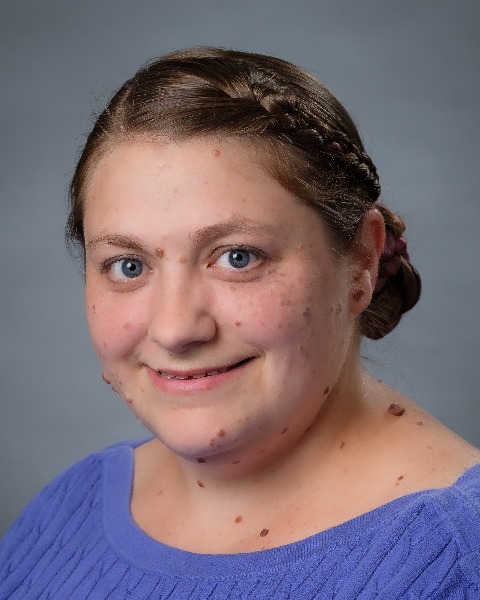Bones, Cartilage & Teeth Posters
Poster: Bones, Cartilage & Teeth Posters
35 - Loss of TBCK Alters Bone Cell Homeostasis and Craniofacial Form
Monday, March 25, 2024
10:15am - 12:15pm US EDT
Location: Sheraton Hall
Poster Board Number: 35
There are separate poster presentation times for odd and even posters.
Odd poster #s – first hour
Even poster #s – second hour
Co-authors:
There are separate poster presentation times for odd and even posters.
Odd poster #s – first hour
Even poster #s – second hour
Co-authors:
Ashley Melendez-Perez - Children's Hospital of Philadelphia; Kaitlin Katsura - Children's Hospital of Philadelphia; Elizabeth M. Gonzalez - Children's Hospital of Philadelphia; Dana Layo-Carris - Children's Hospital of Philadelphia; Sarina Smith - Children's Hospital of Philadelphia; Xiao-Min Wang - Children's Hospital of Philadelphia; Aaron Black - Children's Hospital of Philadelphia; Rajesh Angireddy - Children's Hospital of Philadelphia; Abdias Diaz - Children's Hospital of Philadelphia; Elizabeth J Bhoj - Children's Hospital of Philadelphia

Emily L. Durham, Ph.D
Postdoctoral Fellow
Children's Hospital of Philadelphia
Ridley Park, Pennsylvania, United States
Presenting Author(s)
Abstract Body : In 2016, we and others discovered mutations in TBC1 Domain Containing Kinase (TBCK) cause a multisystem disorder that is characterized by pediatric neurodegeneration (TBCK syndrome). Recently, through clinical analysis of dozens of children with this rare disorder we have also determined that there is a bone fragility phenotype resembling severe osteoporosis that is far more pronounced than would be predicted by just hypotonia/deconditioning as well as abnormal craniofacial form. To study this devastating and fatal disease, we have created a knockout mouse model that replicates the neurologic phenotype of the disorder and have collected patient fibroblast samples. Patients with the p.R126X mutation in the Tbck gene present with a spectrum of severe phenotypes including coarse facies and altered bone form. We hypothesize that bone cells will be significantly impacted by a loss of TBCK protein potentially contributing to altered craniofacial form in Tbck-/- mice. Patient-derived fibroblasts did not differentiate when given osteogenic media for 21 days and presented with altered signaling in genes related to osteoclast function indicating that these cells have altered differentiation potential compared to control fibroblasts. Though Tbck-/- mice experience perinatal lethality, we have noted reduced fur development and decreased size in knockout mice compared to Tbck+/-, and Tbck+/+ littermates. In a cohort of P0 mice (n >6/genotype), volume occupied by the brain, measured using µCT and 3DSlicer, was significantly increased in Tbck-/- mice compared to littermates with functioning TBCK (Tbck+/-, and Tbck+/+). As several compound heterozygous mutations have been identified to be pathogenic in TBCK syndrome we performed an additional assessment of the impact of TBCK loss in heterozygous adult mice (Tbck+/-) relative to their fully functioning TBCK (Tbck+/+) littermates (n=7/genotype). Though TBCK Syndrome is only associated with biallelic TBCK mutations, direct and/or indirect effects of Tbck mutation in mice (Tbck+/-) impacts bone development evidenced by changes in craniofacial form. Our results confirm system-wide involvement of TBCK, specifically in bone. While the function of TBCK remains to be fully characterized, our current work is a first step in establishing a novel pathway link between this neurodegeneration causing mutation and systemic bone health.


